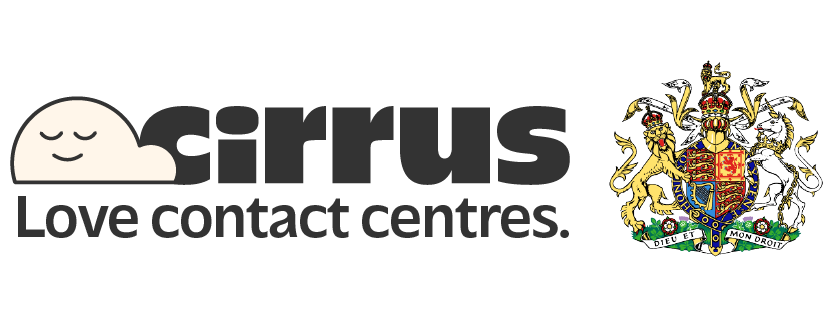What is a blended agent?
A blended agent is a contact centre professional trained to handle both inbound calls and outbound calls across multiple communication channels. Unlike traditional models where agents specialise in one direction, this dual capability allows a blended agent to manage a wide array of tasks as they arise, improving contact volume handling and response speed.
Excellent customer care involves more than polite communication. It also means giving customers access to assistance through the right channels and addressing their needs with empathy. The goal is to improve customer trust while delivering a consistent and seamless customer support experience.
Exploring the responsibilities of a blended agent
Blended agents are responsible for incoming calls, chat interactions, customer follow-ups, and outbound campaigns. Their tasks cover the full communication process, which may include outbound communication for sales campaigns and support across email and chat platforms. These agents must possess strong communication skills, active listening abilities, and an understanding of how to manage complex issues.
Their responsibilities extend beyond talking. They log notes, update Customer Relationship Management platforms, track customer concerns, and support customer satisfaction levels through proactive outreach. Continuous training is often required to keep up with the evolving demands of modern contact centres. These agents are also key in managing secure payment requests during sensitive interactions. For secure handling, many organisations rely on secure payment systems built into their workflows.
The role of technology in facilitating call blending
The blended call centre environment relies heavily on automatic call distributors, predictive dialer tools, and advanced technologies. These systems reduce idle time by routing the next available task to the next available agent. Centre software solutions also support outbound dialer configuration and intelligent switching between inbound inquiries and outbound tasks.
For a seamless customer experience, tools like AI-enabled contact centres and Microsoft Teams integration provide backend alignment. Meanwhile, AI-powered agent support ensures the contact centre agent is equipped with relevant data during customer interactions. Accessibility tools also help ensure these services remain inclusive and effective for all customers.
Analysing the pros and cons of blended contact centres
Blended contact centres offer compelling benefits, including cost-effective customer support, better staff utilisation, and a cohesive customer experience. They balance staffing levels efficiently, reduce average hold time, and help agents maintain acceptable waiting time standards.
Yet, there are complications to staff scheduling, especially when balancing chat messages, calls for sales, and incoming technical queries. Additional training investments are often needed to manage the complexity of customer contacts without sacrificing service levels.
When implemented alongside robust workforce optimisation tools, these challenges become more manageable.
Blended agents vs. dedicated agents
Dedicated agents typically focus only on one type of communication medium, such as voice-based inbound call centre roles or outbound call centres. While this offers specialisation, it limits the ability to reallocate resources based on real-time needs.
In contrast, blended agents can handle fluctuations in call types and contact centre requirements. This model supports centre automation, enhances agent efficiency, and allows better allocation of resources. It also integrates well with modern omni-channel platforms, allowing agents to work seamlessly across voice, chat, and digital channels.
Call blending: Strengthening the traditional call centres
Traditional or conventional call centres often fail to meet rising customer expectations due to their segmented design. Blended call centre features enable call centre companies to adapt quickly to changing customer demands.
Industries such as retail, housing, government and healthcare have experienced significant improvements in handling customer queries, managing centre services, and improving customer satisfaction surveys.
Why a blended contact centre could be your best option
For modern contact centres, flexibility is key. A Blended Contact Centre reduces additional time spent on rerouting and improves the communication method. Businesses across sectors like higher education and not-for-profit benefit from the advantages to customers and lower staff costs.
This centre model also helps maintain high customer satisfaction scores while serving a broad audience through various communication channels.
Steps to building a blended contact centre
Setting up a blended call centre solution involves:
- Assessment: analyse inbound call volume and outbound communication channels.
- Design: plan a contact centre strategy with balanced chat capabilities and call handling.
- Infrastructure: implement centre software with integrated CRM access and call routing.
- Training: build a comprehensive training programme for dual-skilled centre agents.
- Monitoring: track key metrics like average handling time and customer feedback.
These steps build a robust foundation for delivering consistent support through all communication styles.
The power of blended agents: Exploring the benefits
Blended call centre teams support a seamless customer experience through smart call routing, chat software, and proactive outreach. They shorten times for customers to get help and improve access to customer data.
With strong agent skill sets, such teams increase centre performance and build strong customer relationships by managing chat interactions and calls from customers across one unified interface. Even remote agents can be integrated successfully with the centre software and proper oversight.
Potential risks associated with blended agents
A blended agent role can be demanding. Switching between tech support centre answers, chat messages, inbound calls, and outbound call centre services requires constant focus. Without clear systems in place, this can impact both agent performance and customer satisfaction.
Common challenges include:
- Mental fatigue from frequent task switching
- Errors in customer interactions due to divided attention
- Longer handling times and increased wait times
- Reduced customer satisfaction levels and inconsistent scores
Contact centre leaders must manage these risks with proactive strategies.
To reduce pressure on agents:
- Use acceptable average wait time benchmarks
- Provide continuous training and refreshers
- Introduce regular feedback and performance reviews
- Monitor workload across teams to avoid overburdening
Some centres adopt a cloud contact centre with active blending to support smart task distribution and minimise idle time without exhausting staff.
Many also partner with business process outsourcers (BPOs), using offshore staffing with proper training and supervision. This supports consistent service delivery while helping manage operational costs.
Why blended agents matter in today’s service
In today’s contact centre industry, agents must handle outbound tasks, address customer complaints, and respond to customer inquiries with speed and clarity. The blended solution fits this demand by providing contact centre products that handle both directions of communication.
These agents improve centre answers to complex issues and offer a streamlined approach to customer interactions. With the right support and expert insight, they raise customer satisfaction and improve centre strategy in modern contact centres.
Final thought
Blended agents bring balance, speed, and flexibility to contact centres. With the right tools and training, they help teams stay efficient and customers feel heard. As contact expectations grow, blended roles offer a practical way to handle varied communication without losing the human touch.
To explore how a blended contact centre today could work for your team, request a demo.
Your Contact Centre, Your Way
This is about you. Your customers, your team, and the service you want to deliver. If you’re ready to take your contact centre from good to extraordinary, get in touch today.


